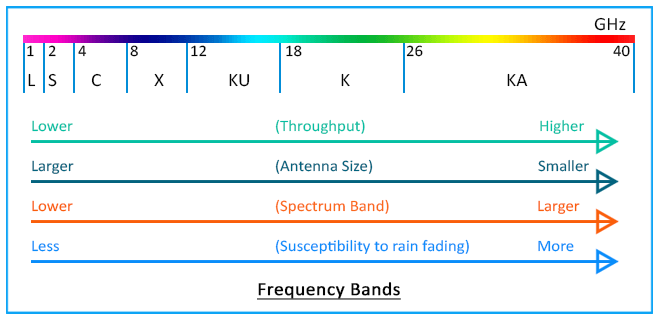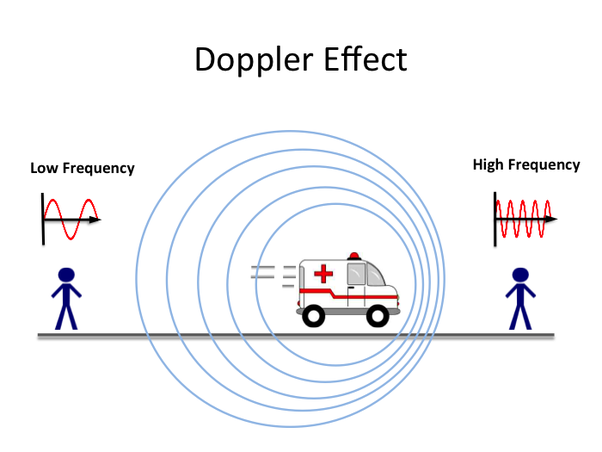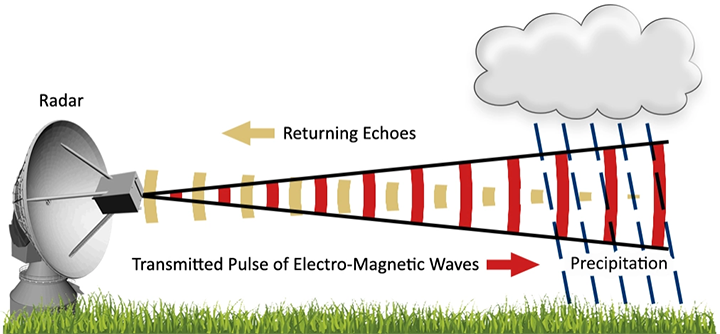New Doppler Radars in Maharashtra: IMD | 23 Jun 2021
Why in News
Recently, the India Meteorological Department (IMD) announced that it will install seven new doppler radars in Maharashtra, including Mumbai in 2021.
- In January 2021, the Union Minister for Earth Sciences commissioned two of the ten indigenously built X-Band Doppler Weather Radars (DWR) to closely monitor the weather changes over the Himalayas.
India Meteorological Department
- It is an agency of the Ministry of Earth Sciences, established in 1875.
- It is the principal agency responsible for meteorological observations, weather forecasting and seismology.
Key Points
- About:
- Doppler radars of varying frequencies — S-band, C-band and X-band — are commonly used by the IMD to detect and track the movement of weather systems, cloud bands and gauge rainfall over its coverage area of about 500 km.
- Four X-band and one C-band radar will be deployed over Mumbai. In addition, Ratnagiri will get a new C-band and Vengurla will get an X-band radar, each of which will operate for multiple purposes.
- Existing Radars:
- East Coast: Kolkata, Paradip, Gopalpur, Visakhapatnam, Machilipatanam, Sriharikota, Karaikal and Chennai.
- West Coast: Thiruvananthapuram, Kochi, Goa and Mumbai.
- Other Radars: Srinagar, Patiala, Kufri, Delhi, Mukteshwar, Jaipur, Bhuj, Lucknow, Patna, Mohanbar, Agartala, Sohra, Bhopal, Hyderabad and Nagpur.
- Significance:
- They will guide meteorologists, particularly in times of extreme weather events like cyclones and associated heavy rainfall.
- As the radar observations will be updated every 10 minutes, forecasters will be able to follow the development of weather systems as well as their varying intensities, and accordingly predict weather events and their impact.
Radars
- Radar (Radio Detection and Ranging):
- It is a device which uses electromagnetic waves in the microwaves region to detect location (range & direction), altitude, intensity and movement of moving and non-moving objects.
- Doppler Radar:
- It is a specialized radar that uses the Doppler effect to produce velocity data about objects at a distance.
- It does this by bouncing a microwave signal off a desired target and analyzing how the object’s motion has altered the frequency of the returned signal.
- This variation gives direct and highly accurate measurements of the radial component of a target’s velocity relative to the radar.
- It is a specialized radar that uses the Doppler effect to produce velocity data about objects at a distance.
- Doppler Weather Radar (DWR):
- Based on Doppler principle the radar is designed to improve precision in long-range weather forecasting and surveillance using a parabolic dish antenna and a foam sandwich spherical radome.
- DWR has the equipment to measure rainfall intensity, wind shear and velocity and locate a storm centre and the direction of a tornado or gust front.
- Types Of Doppler Radars : Doppler radar can be divided into several different categories according to the wavelength which are L,S,C,X,K.

- X-band radar:
- It operates on a wavelength of 2.5-4 cm and a frequency of 8-12 GHz. Because of the smaller wavelength, the X band radar is more sensitive and can detect smaller particles.
- It is used to detect thunderstorms and lightning.
- C-band radars:
- It operates on a wavelength of 4-8 cm and a frequency of 4-8 GHz. Because of the wavelength and frequency, the dish size does not need to be very large.
- The signal is more easily attenuated, so this type of radar is best used for short range weather observation.
- It guides at the time of cyclone tracking.
- S band radars:
- It operates on a wavelength of 8-15 cm and a frequency of 2-4 GHz. Because of the wavelength and frequency, S band radars are not easily attenuated.
- This makes them useful for near and far range weather observation.
- X-band radar:


